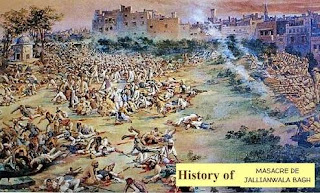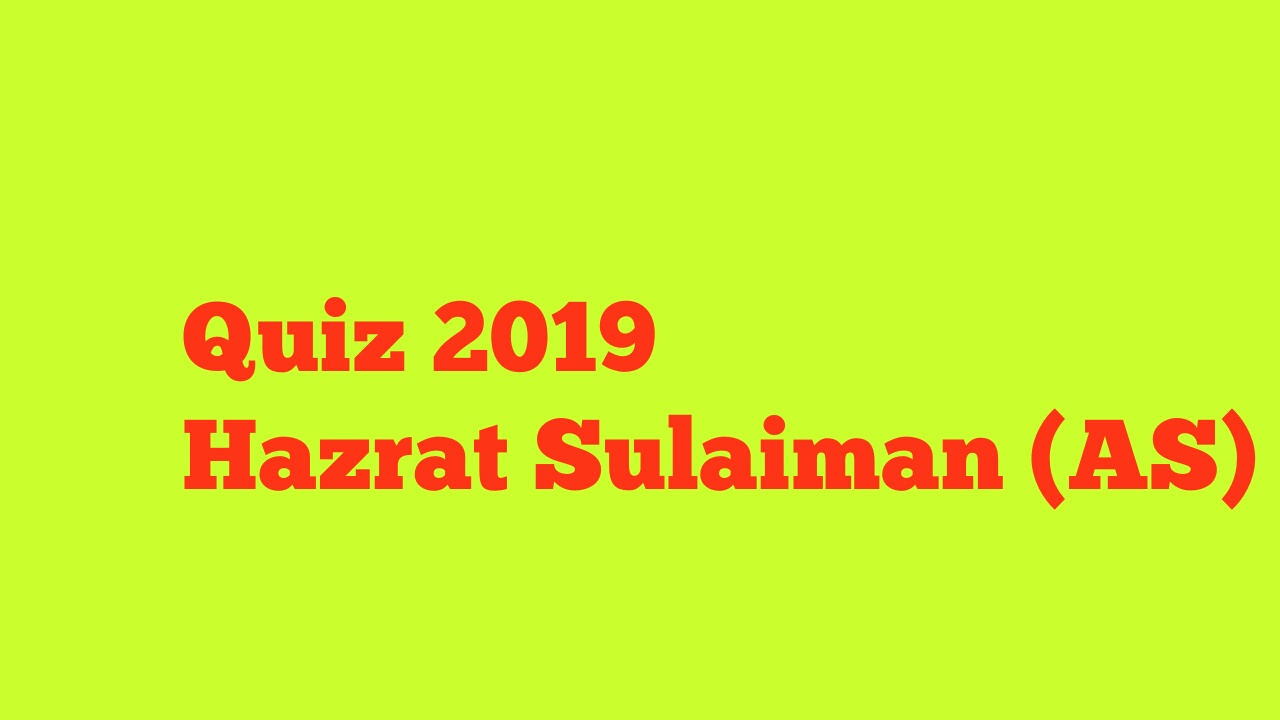Answers of Quiz 1975 (Jallianwala Bagh Massacre)
1. 13 April 1919
2. Amritsar Massacre
3. In Amritsar, Indian Punjab
4. 6 to 7 acres (28,000 m2)
5. (B) Baisakhi Pilgrimage
6. (C) Sunday
7. Punjabi people
8. Sikhs
9. Satya Pal and Dr Saifuddin Kitchlew
10. (E) All of these
11. Colonel Reginald Edward Harry Dyer
12. To enter, troops first blocked the entry by a tank and locked the exit. On Dyer's orders, his troops fired on the crowd for ten minutes, directing their bullets largely towards the few open gates through which people were trying to flee.
13. 379 dead and 1200 wounded
14. 1500 injured, 1000 dead
15. Rudyard Kipling
16. Noncooperation Movement
17. The Defence of India Act 1915, also referred to as the Defence of India Regulations Act, was an emergency criminal law enacted by the Governor-General of India in 1915 with the intention of curtailing the nationalist and revolutionary activities during and in the aftermath of the First World War. It granted the Executive very wide powers of preventive detention, internment without trial, restriction of writing, speech, and of movement.
18. Michael O'Dwyer
19. The Anarchical and Revolutionary Crimes Act of 1919, popularly known as the Rowlatt Act also known as Black Act, was a legislative act passed by the Imperial Legislative Council in Delhi on March 18, 1919, indefinitely extending the emergency measures of preventive indefinite detention, incarceration without trial and judicial review enacted in the Defence of India Act 1915 during the First World War. It was enacted in light of a perceived threat from revolutionary nationalist organisations of re-engaging in similar conspiracies as during the war which the Government felt the lapse of the DIRA regulations would enable.
20. Lord Chelmsford
21. On 14 October 1919, after orders issued by the Secretary of State for India, Edwin Montagu, the Government of India announced the formation of a committee of inquiry into the events in Punjab. Referred to as the Disorders Inquiry Committee, it was later more widely known as the Hunter Commission.
22. On 22 May 1919
2. Amritsar Massacre
3. In Amritsar, Indian Punjab
4. 6 to 7 acres (28,000 m2)
5. (B) Baisakhi Pilgrimage
6. (C) Sunday
7. Punjabi people
8. Sikhs
9. Satya Pal and Dr Saifuddin Kitchlew
10. (E) All of these
11. Colonel Reginald Edward Harry Dyer
12. To enter, troops first blocked the entry by a tank and locked the exit. On Dyer's orders, his troops fired on the crowd for ten minutes, directing their bullets largely towards the few open gates through which people were trying to flee.
13. 379 dead and 1200 wounded
14. 1500 injured, 1000 dead
15. Rudyard Kipling
16. Noncooperation Movement
17. The Defence of India Act 1915, also referred to as the Defence of India Regulations Act, was an emergency criminal law enacted by the Governor-General of India in 1915 with the intention of curtailing the nationalist and revolutionary activities during and in the aftermath of the First World War. It granted the Executive very wide powers of preventive detention, internment without trial, restriction of writing, speech, and of movement.
18. Michael O'Dwyer
19. The Anarchical and Revolutionary Crimes Act of 1919, popularly known as the Rowlatt Act also known as Black Act, was a legislative act passed by the Imperial Legislative Council in Delhi on March 18, 1919, indefinitely extending the emergency measures of preventive indefinite detention, incarceration without trial and judicial review enacted in the Defence of India Act 1915 during the First World War. It was enacted in light of a perceived threat from revolutionary nationalist organisations of re-engaging in similar conspiracies as during the war which the Government felt the lapse of the DIRA regulations would enable.
20. Lord Chelmsford
21. On 14 October 1919, after orders issued by the Secretary of State for India, Edwin Montagu, the Government of India announced the formation of a committee of inquiry into the events in Punjab. Referred to as the Disorders Inquiry Committee, it was later more widely known as the Hunter Commission.
22. On 22 May 1919




Comments
Post a Comment